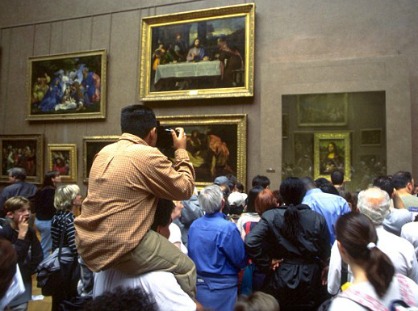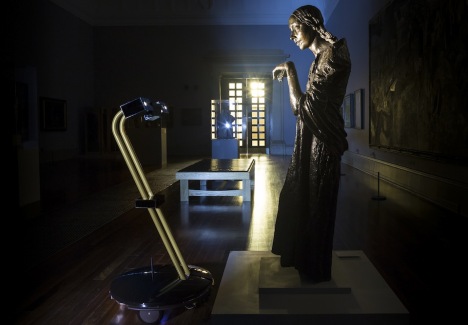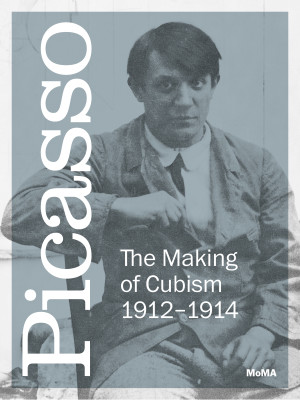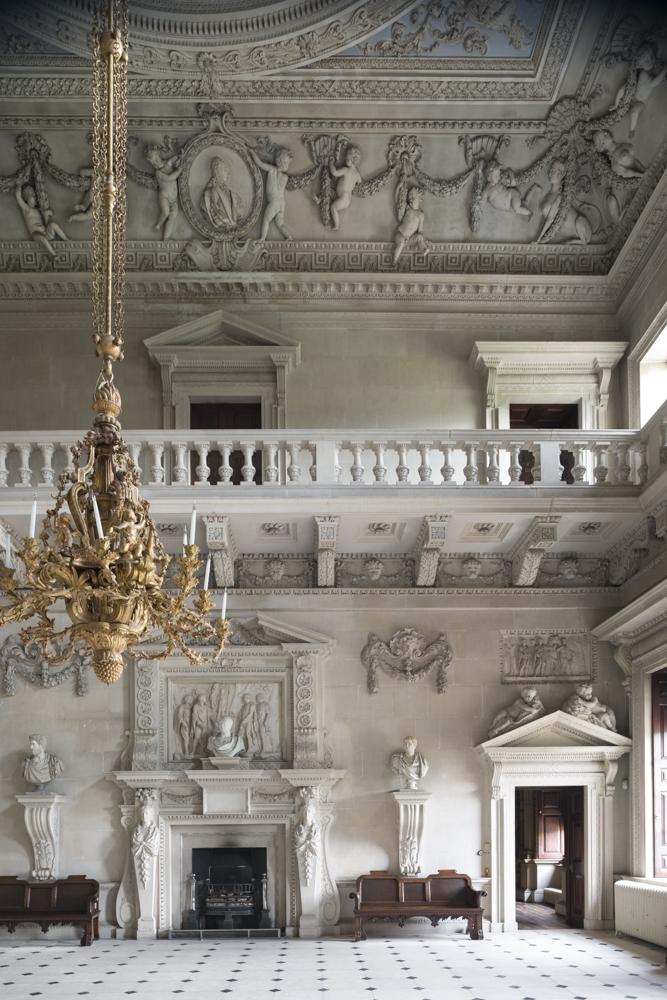That’s not my idea, just in case you were rolling your eyes. It’s the brainstorm of U.K. Arts Council chairman Sir Peter Bazalgette; my only concern is the limit he placed on it — one hour a day.  Just kidding.Â
 But Bazalgette has a point. Neither he nor I are against photography in museums; I take my own photos all the time in museums. Most of the time, what other people are doing doesn’t bother me a whit. But you see those photos of the Mona Lisa gallery at the Louvre (as at left), with some people riding piggyback on others to get a better view, it makes one wonder about how far people will go.
But Bazalgette has a point. Neither he nor I are against photography in museums; I take my own photos all the time in museums. Most of the time, what other people are doing doesn’t bother me a whit. But you see those photos of the Mona Lisa gallery at the Louvre (as at left), with some people riding piggyback on others to get a better view, it makes one wonder about how far people will go.
Hence Bazalgette’s comparison of a one-hour ban to the quiet car of a train. It’s not perfect analogy, obviously. I may not be able to go to a museum during the one-hour ban, but there’s a quite car on most trains nowadays. But it’s worth thinking about. Here’s what else he said, as reported by The Telegraph:
Clarifying it would rely on members of staff policing the galleries and reminding people, he added: “But at least people would understand there’s a rule. On the whole, I’m in favour of sharing it as widely as possible.â€
Speaking on LBC radio, to presenter James O’Brien, he said galleries and museums had adapted to the ubiquity of technology.
“Their poor curators and people standing there in uniform have had this rule and they tell people not to take photos and they’re fighting a losing battle and they’ve just given in,†Sir Peter said.
“There are some issues, I believe, about flashes and the quality of prints and things, but that’s a relatively minor issue. Do you know something? I’m completely in favour.â€




